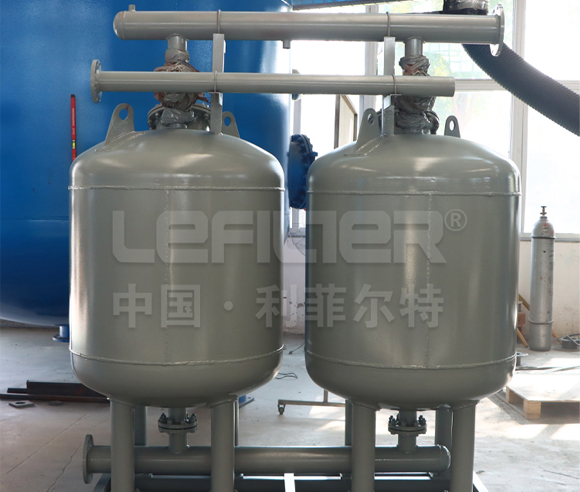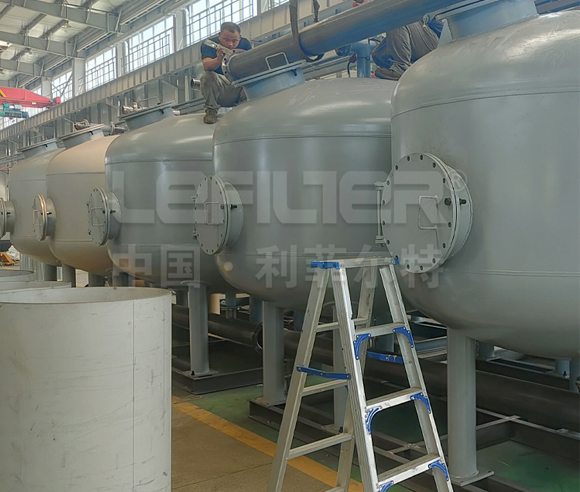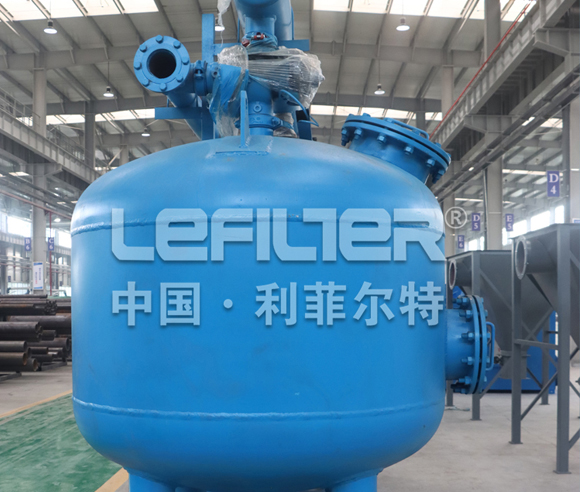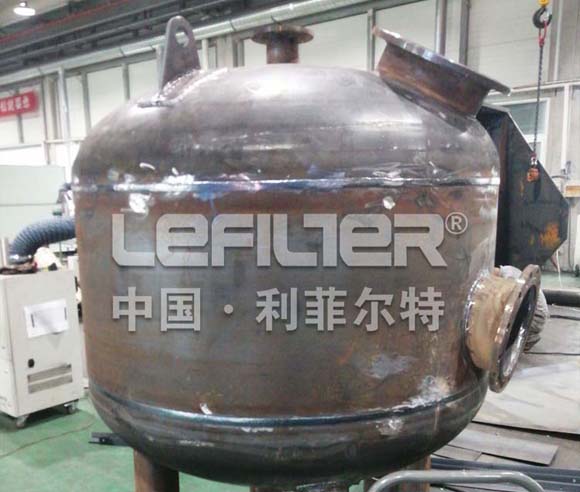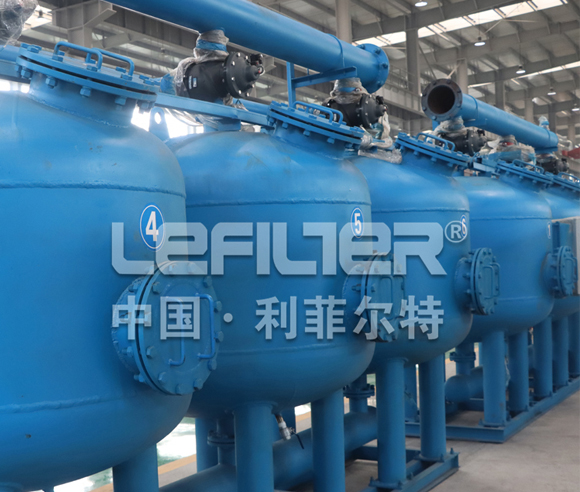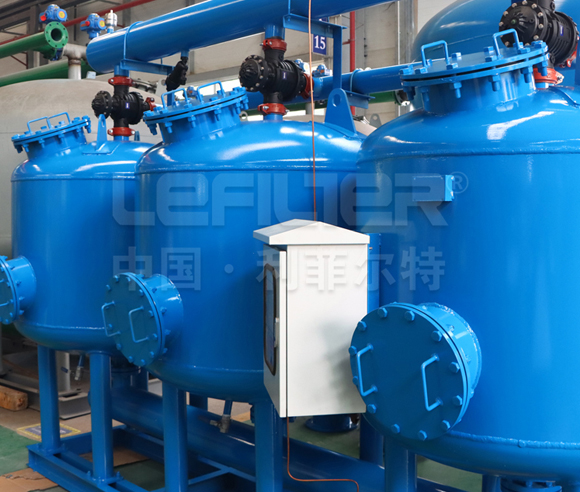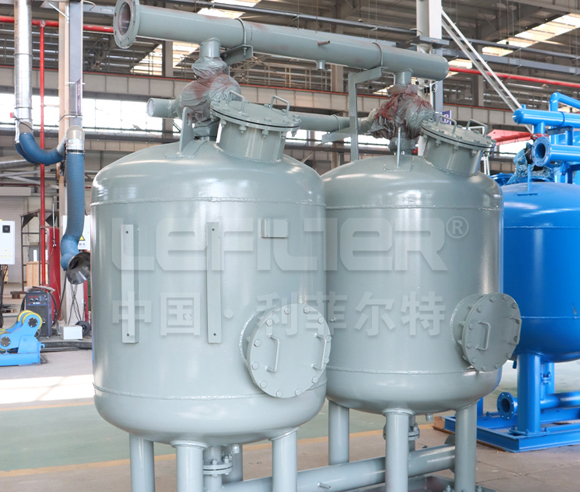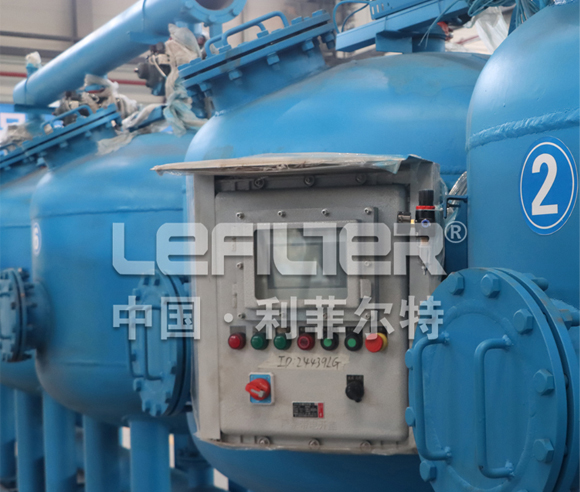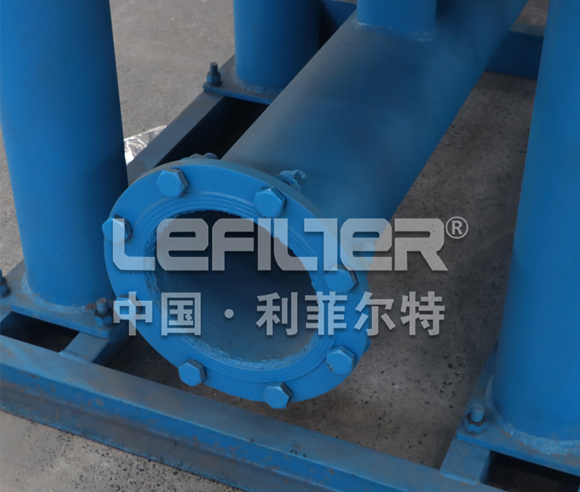Navigating Water Treatment Excellence with Multimedia Filtration Systems
In the realm of water treatment, multimedia filtration systems have emerged as a dynamic and efficient solution to address the diverse challenges associated with water purification. This article embarks on an insightful exploration of multimedia filters, shedding light on their composition, operational mechanisms, and applications in water treatment processes.
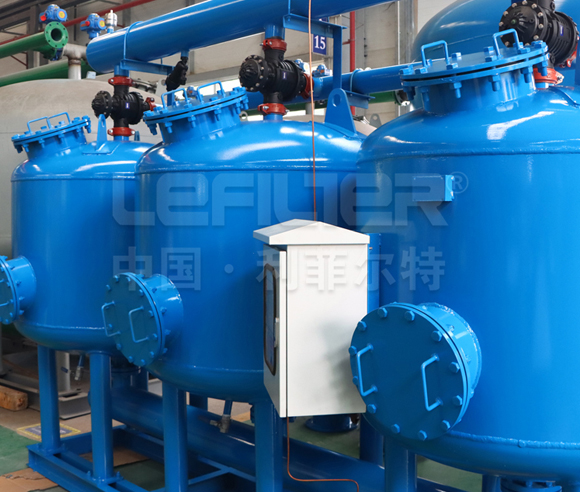
1. Decoding Multimedia Filtration: An Overview
Multimedia filtration, often interchangeably referred to as multi-media filtration, represents a sophisticated approach to water treatment. Unlike conventional single-media filters, multimedia filters leverage a combination of different filter media, strategically layered to optimize the removal of impurities and particulate matter from water.
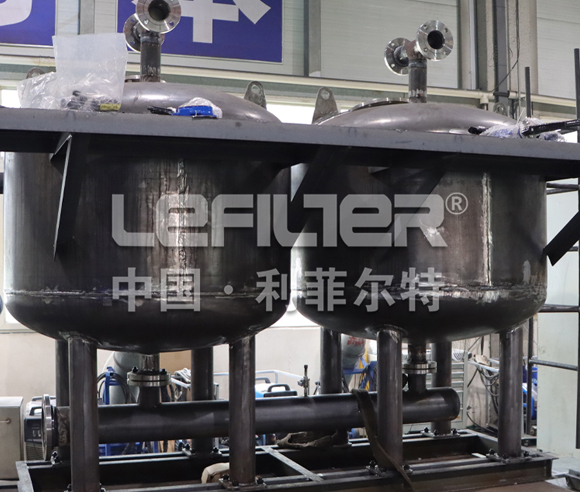
2. The Building Blocks: Understanding Multimedia Filter Composition
The core strength of multimedia filters lies in their layered composition. The distinct layers of media work collaboratively to ensure a comprehensive and effective filtration process. These layers typically include:
Anthracite: Serving as the uppermost layer, anthracite acts as a coarse filter, capturing larger particles and preventing their progression into deeper layers.
Sand: Positioned beneath the anthracite layer, sand provides intermediate filtration, targeting finer particles and enhancing water clarity.
Garnet: Situated at the bottom, garnet serves as the final layer, performing fine filtration to capture the smallest particles and further refine the treated water.
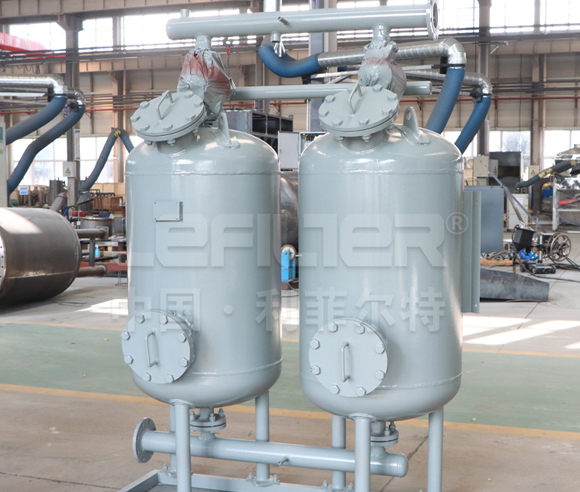
3. Unraveling the Operational Mechanism: A Sequential Journey
The operational journey of multimedia filtration unfolds in a systematic sequence to maximize filtration efficiency:
Coarse Filtration: Water enters the multimedia filter and encounters the anthracite layer, where larger impurities are effectively trapped, initiating the filtration process.
Intermediate Filtration: The water, now partially purified, progresses through the sand layer, which acts as a finer filter, capturing smaller particles that may have escaped the initial filtration.
Fine Filtration: The final leg of the journey takes the water through the garnet layer, ensuring that even the tiniest particles are captured, resulting in clarified and high-quality water.
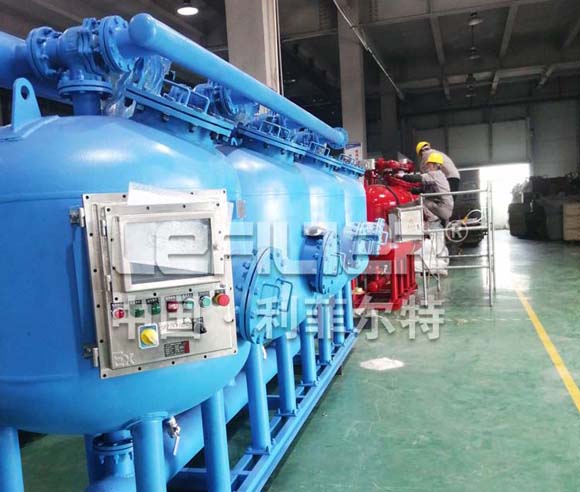
4. Advantages of Multimedia Filtration: A Holistic Approach
The adoption of multimedia filtration systems brings forth a multitude of advantages in water treatment:
Versatility: Multimedia filters exhibit remarkable adaptability, making them suitable for a diverse array of applications, including municipal water treatment, industrial processes, and wastewater treatment.
Enhanced Efficiency: The layered configuration of multimedia filters optimizes filtration efficiency by progressively removing particles of varying sizes, contributing to the production of superior-quality treated water.
Extended Filter Life: Unlike single-layer filters, multimedia filters experience less premature clogging, resulting in extended filter life and reduced maintenance requirements.

5. Applications Across the Spectrum: Meeting Varied Water Treatment Needs
Multimedia filtration stands as a versatile solution catering to a broad spectrum of water treatment requirements:
Municipal Water Treatment: Municipalities deploy multimedia filters to ensure the provision of clean and safe drinking water to residents, addressing the needs of growing communities.
Industrial Processes: Industries integrate multimedia filtration into their water treatment systems, particularly for processes such as cooling water systems, safeguarding equipment and enhancing operational efficiency.
Wastewater Treatment: In wastewater treatment plants, multimedia filters play a pivotal role in purifying water before it is discharged back into the environment, minimizing environmental impact.
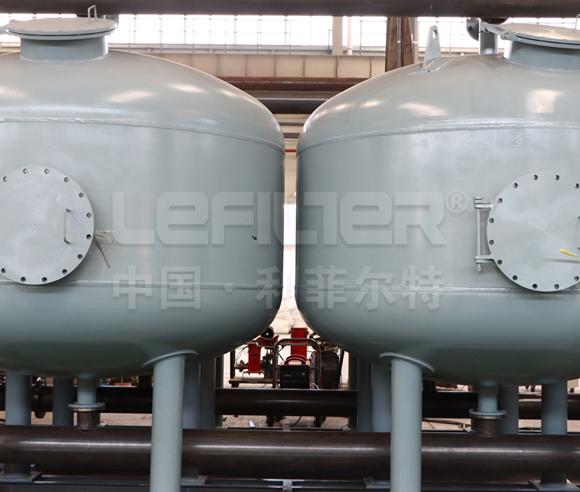
Conclusion: Nurturing Water Treatment Excellence
As the global demand for clean water intensifies, multimedia filtration stands out as a robust and versatile solution to meet the challenges of water treatment. Its layered approach, operational efficiency, and diverse applications underscore the pivotal role multimedia filters play in ensuring the availability of high-quality water for communities, industries, and the environment. Embracing this technology is not just a step forward in water treatment; it's a stride towards a sustainable and water-secure future.






